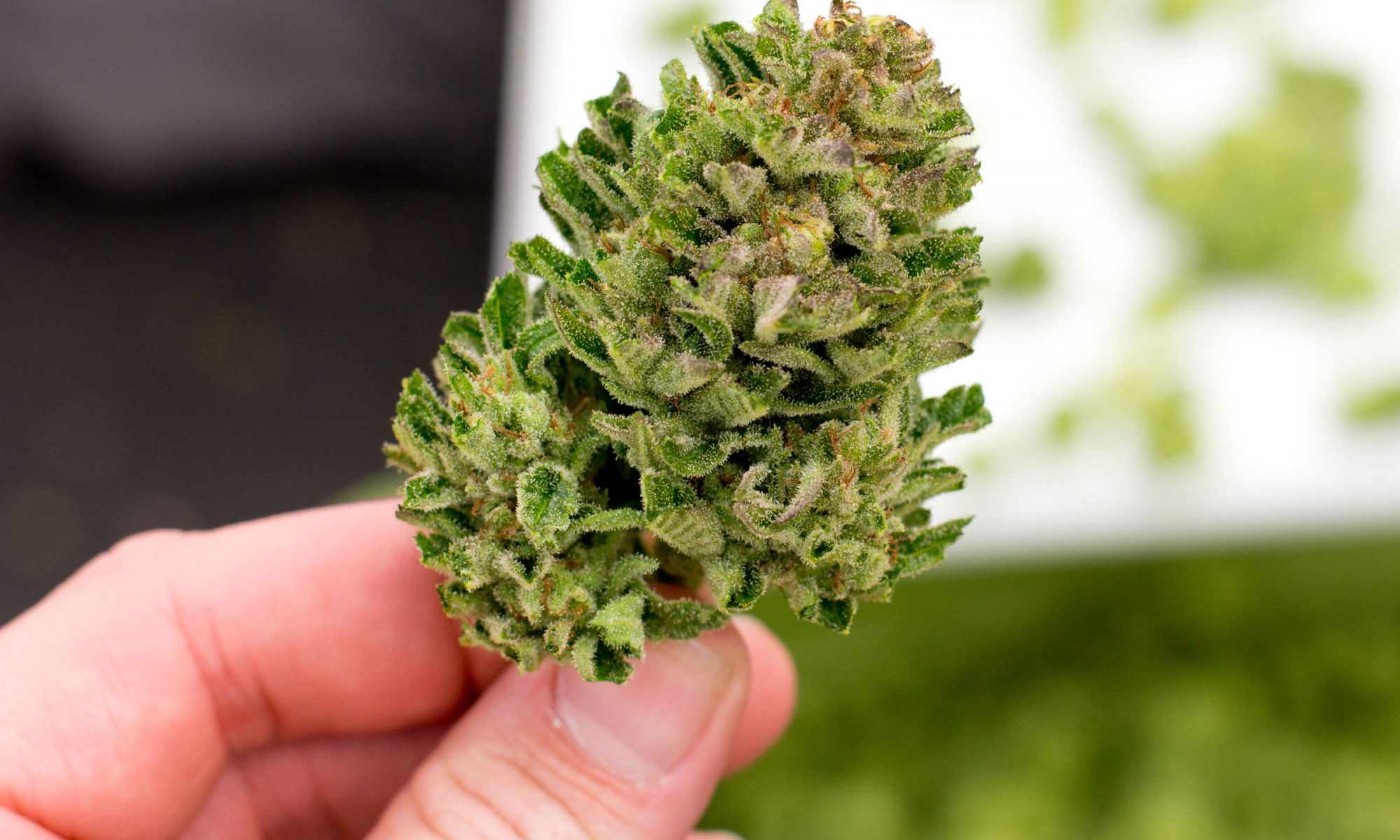On Greek TV, a Greek official calls for marijuana legalization for recreational purposes. The official in question is Yiannis Tsironis. He’s the Deputy Minister for Agriculture, originating from Greece’s Green Party. Yeah, we figured as much.
The Green in Green
Like many other countries, our own included, Greek federal policy outlaws cannabis.
Despite the country’s history of producing hashish, authorities officially criminalized the plant in 1890. Although the cultivation and possession of hashish were illegal, Greek citizens continued to use it. Particularly after the first World War.
This year, the Greek Prime Minister, Alexis Tsipras, legalized marijuana for medicinal purposes, thus becoming the latest European country to implement a nation-wide medical marijuana program. At the moment, weed is still illegal for recreational purposes.
But will it always be?
Continue Reading at High Times




















